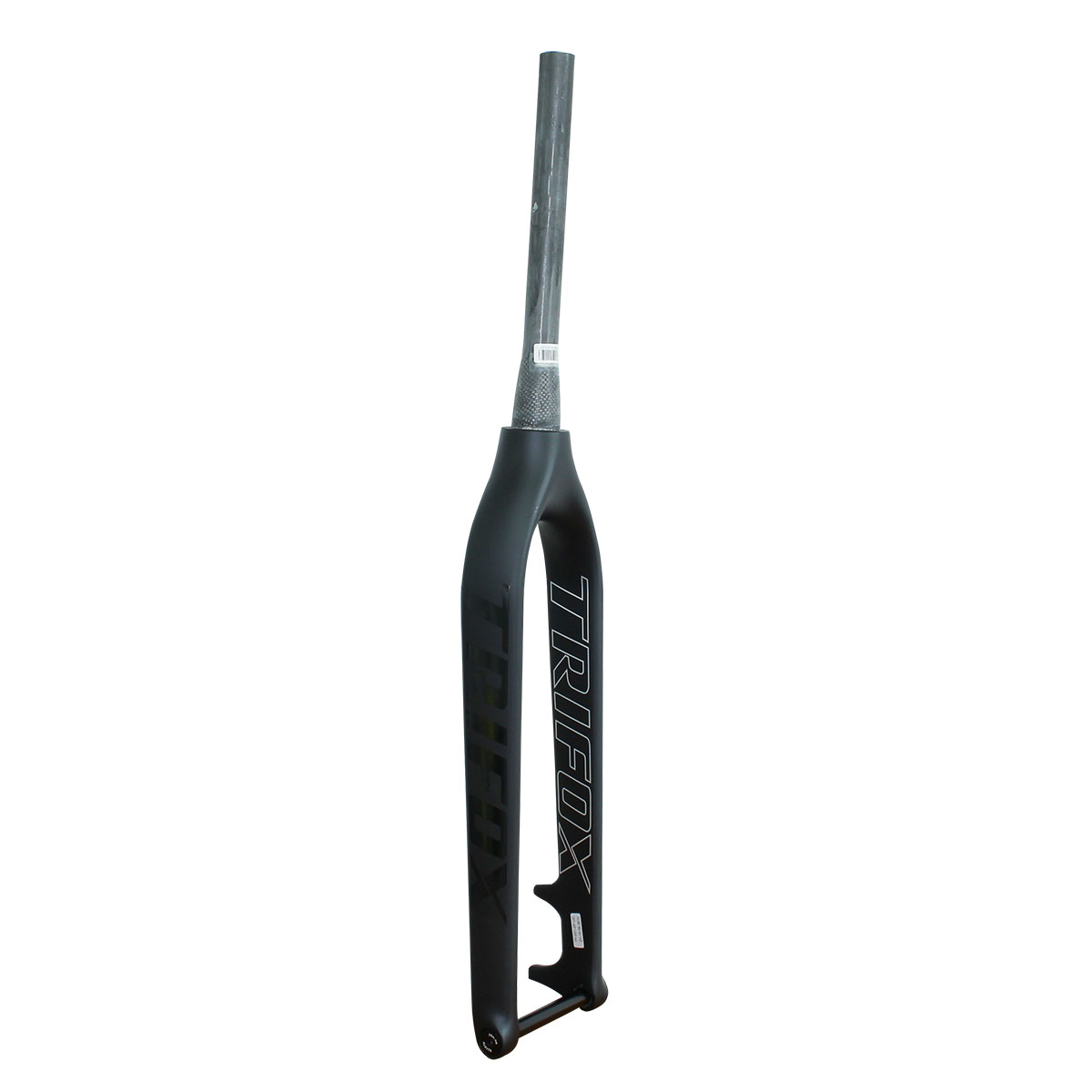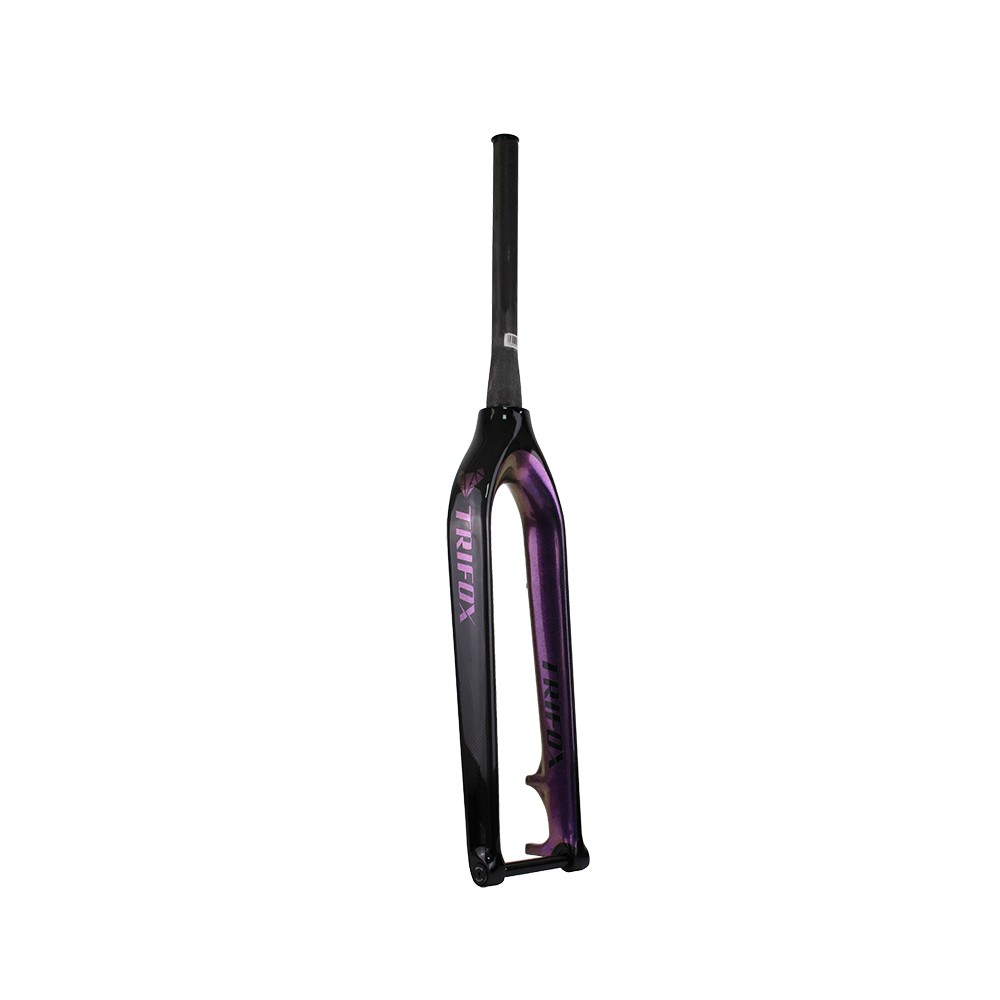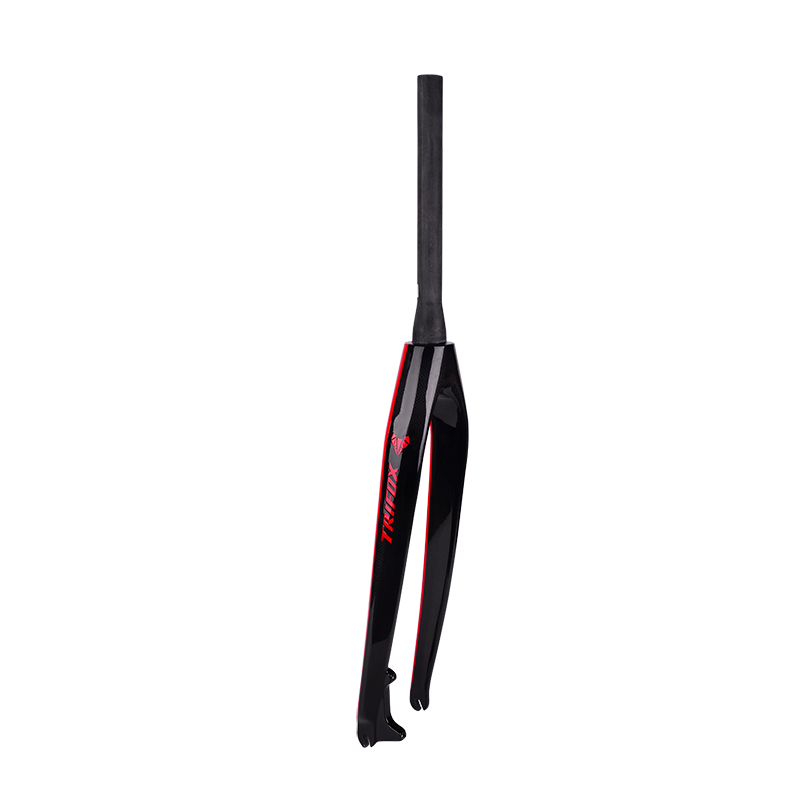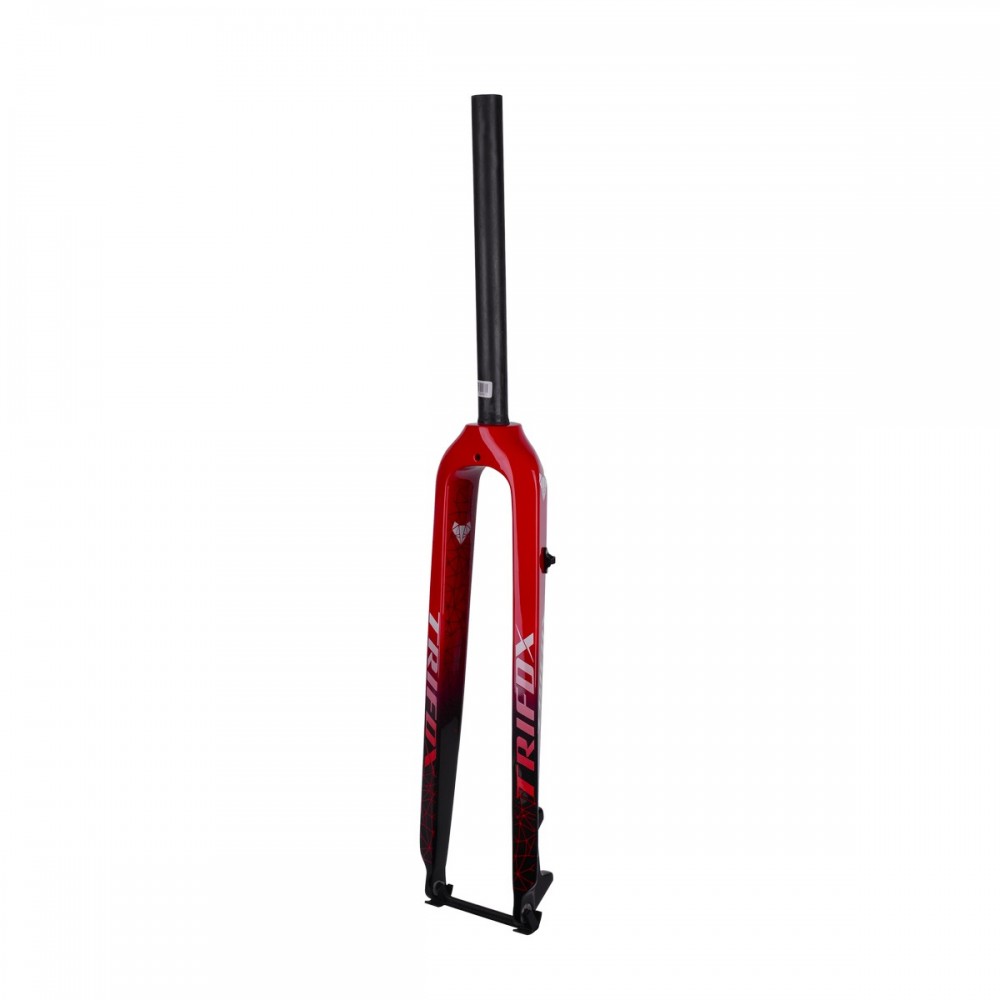Why is The Carbon Mtb Frame The Most Important?
When you look at a bike, it’s easy to see that the 29er frame is the most important part of the bike.
Not only does the carbon mountain bike frame hold the entire bike together and allow you to ride on it, but it’s also a testament to the quality of the materials used.
The mtb frame 29 is often the deciding factor in whether the bike can win the race, keep you comfortable or get from point A to point B safely.

The carbon fiber mountain bike frame is made of carbon fiber.
Carbon fiber is the lightest material, followed by titanium, which is also the strongest of all the materials used for carbon fiber mtb frames.
The quality of these xc mtb frames varies widely.
Your local bike shop can recommend the right mtb cycle frame material for you.
Buy A New or Replace Cheap Mtb Frame
When shopping for a new car, the 29er mountain bike frame can certainly be considered one of the most important or integral parts of a bike.
If you look closely at the suspension frame, but if the dual suspension mountain bike frame has to be replaced, it’s almost worth the time to buy a brand new bike.
Break Down The Bike
The importance of a dual suspension frame becomes very clear when determining the type of bike that is right for you.
You can also see if it fits according to the carbon fiber full suspension mountain bike.
Price and Quality
Choosing a high-quality 29er full suspension frame can change the overall look, feel and ride of your bike.
As the most expensive part of a bike, replacing a hardtail frame is much more expensive than installing a new seat or handlebar, which is why it’s important to choose a higher quality aggressive hardtail frame compared to other parts.
Safety
The carbon hardtail frame can easily be considered the most integral part of the bike because of how safe it is to choose a 29er hardtail frame that is too big or too small for your stance.
It’s all about the best hardtail frame, which sets the balance for a comfortable, safe ride.
The size of a light frame bike can also be a hazard when storing, carrying, or lifting as it takes up the majority of the bike.
There are many factors that determine the correct size of a lightweight frame bike.
This is why most cycling professionals and enthusiasts do a thorough inspection of the xl frame mountain bike when shopping for a new mountain bike.

Although it may look similar to the average observer, each 21-inch frame mountain bike has a different size, symmetry, and materials used that are tailored to the rider’s specific body structure.
Most of the Chinese carbon frame mtb on the market today are usually made of carbon fiber.
This makes the trail frameset structurally strong yet very light, making it easy for cyclists to handle.
While there are still cheap full suspension frames made of galvanized iron or steel, these rigid frames are rapidly disappearing and being replaced by aluminum and some other lighter materials.

If you’re a cyclist, you’ll love the lightest material for your mtb frame.
The mountain bike frame made of carbon fiber is almost weightless, yet strong enough to withstand the rigors of an off-road bike.
This is why most bike enthusiasts still prefer mountain bike carbon fiber because they are very affordable.
While they may not be as good as those mtb frame 29ers, the mtb bike frame does a very good job on all types of tracks.

Another consideration you have to double-check is the size of the best mtb frame.
Keep in mind that the carbon mtb frame 29er comes in different sizes, which correspond to the height and physique of the rider.
The size of the best mountain bike frames is usually determined by measuring the width of the full suspension frame from the center of the base bracket to the uppermost part of its top tube.
Choosing the right carbon 29er frame is important because it affects how you handle the bike.
Remember that all full suspension mtb frame sizes are influenced by the unique body structure of the rider.

That’s why you must carefully choose a full suspension mountain bike frame with a size that closely matches your own physique.
Once you’ve determined the weight and size of the full suspension MTB frame that best fits your body structure, you’re ready to go.
Please be free to click TRIFOX.

























